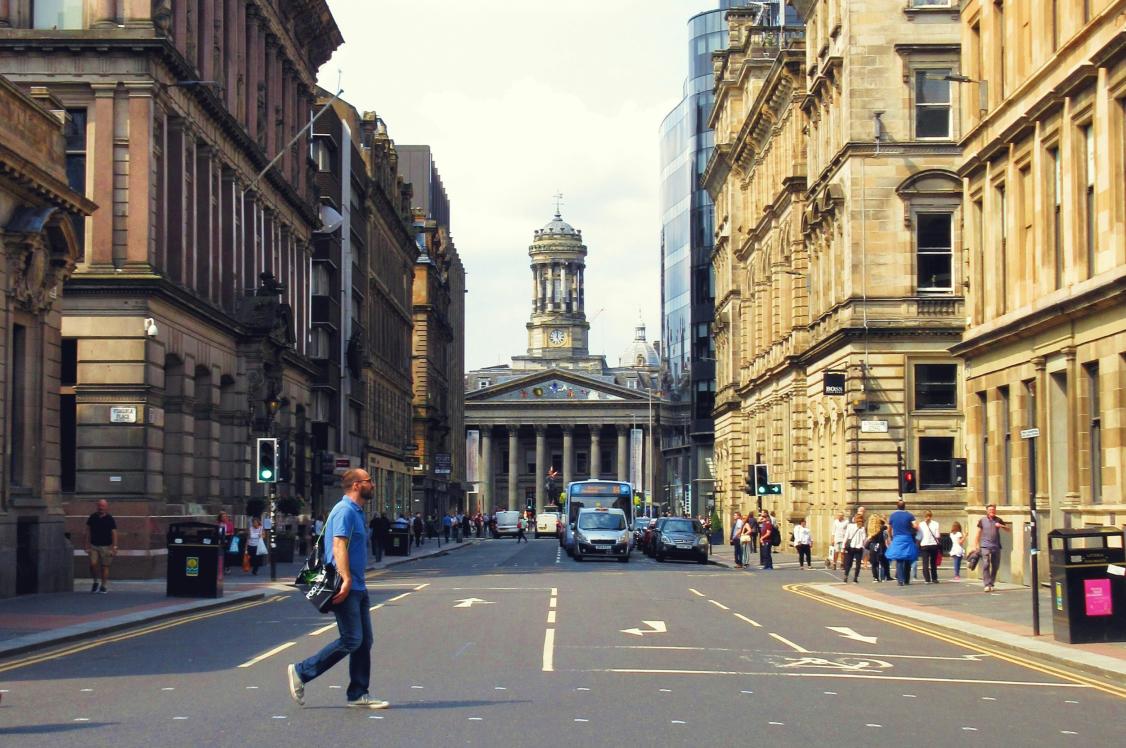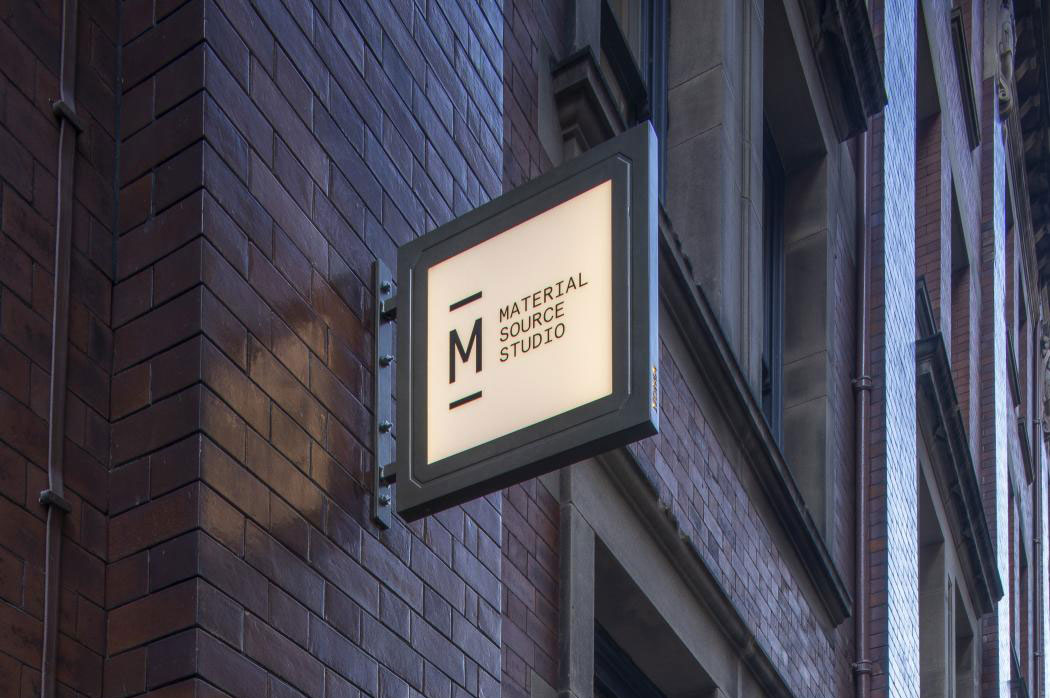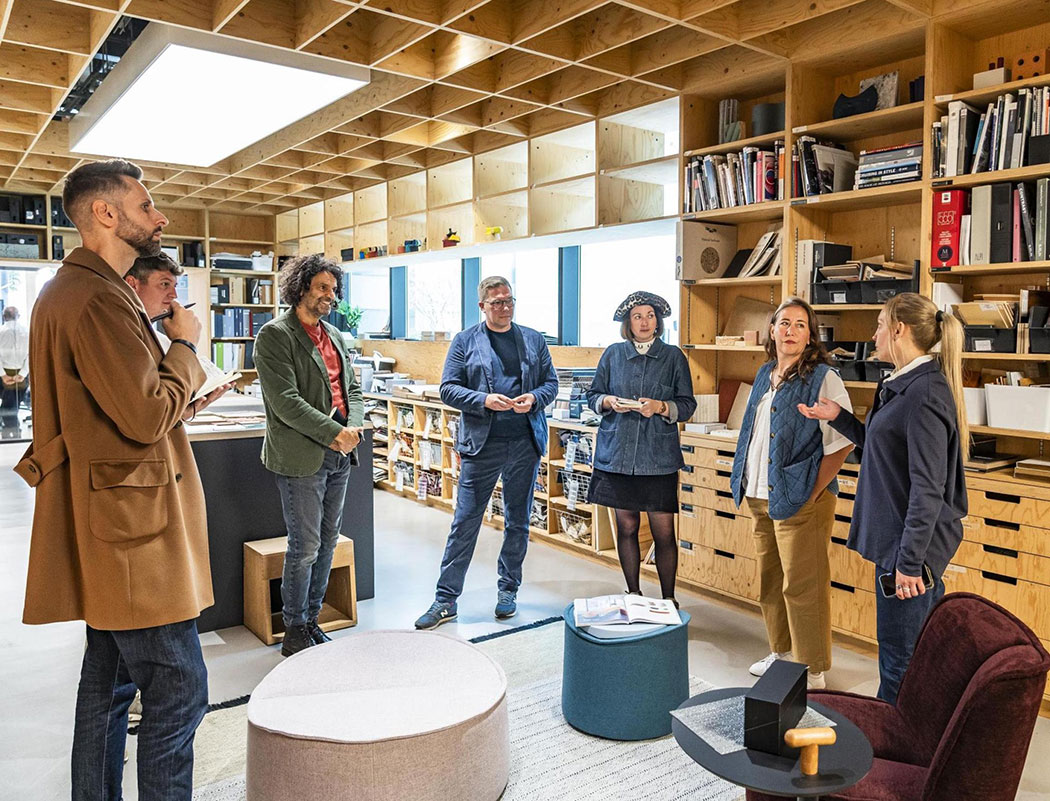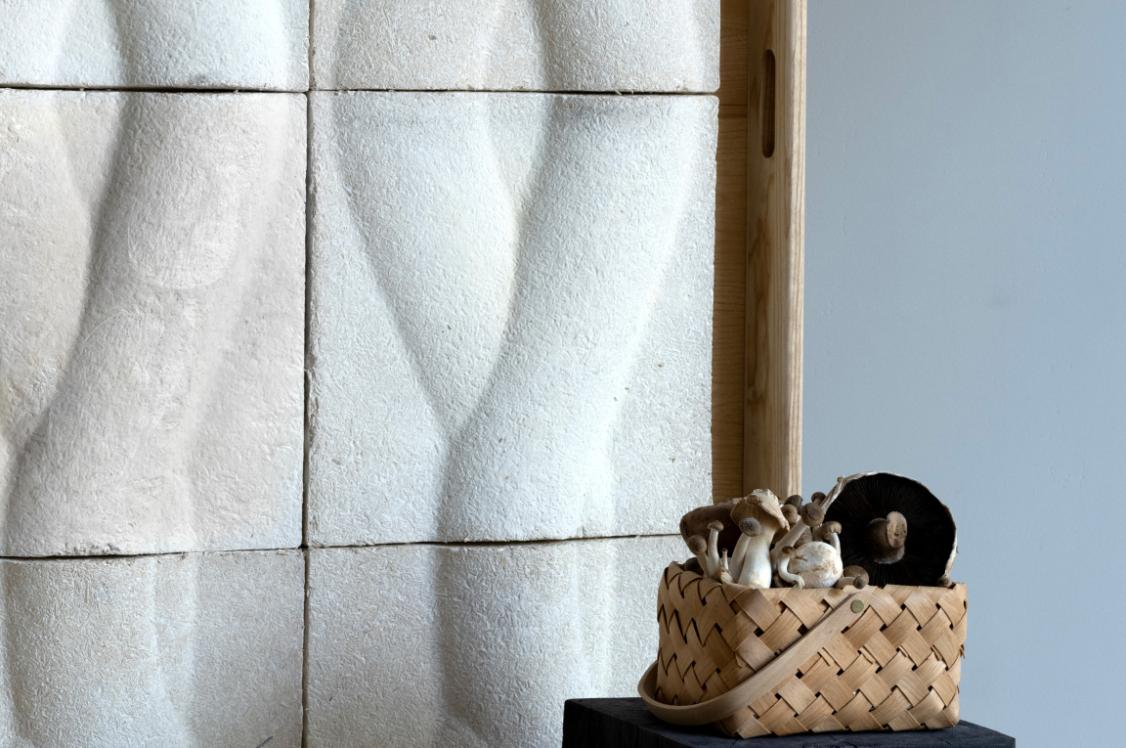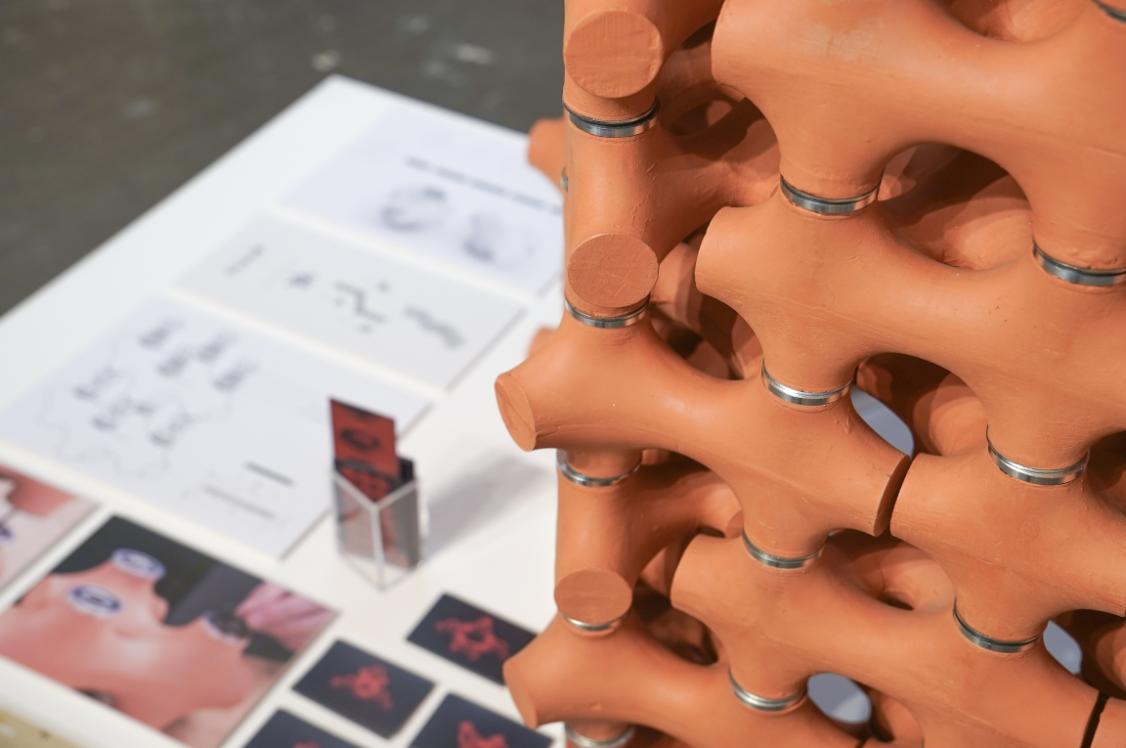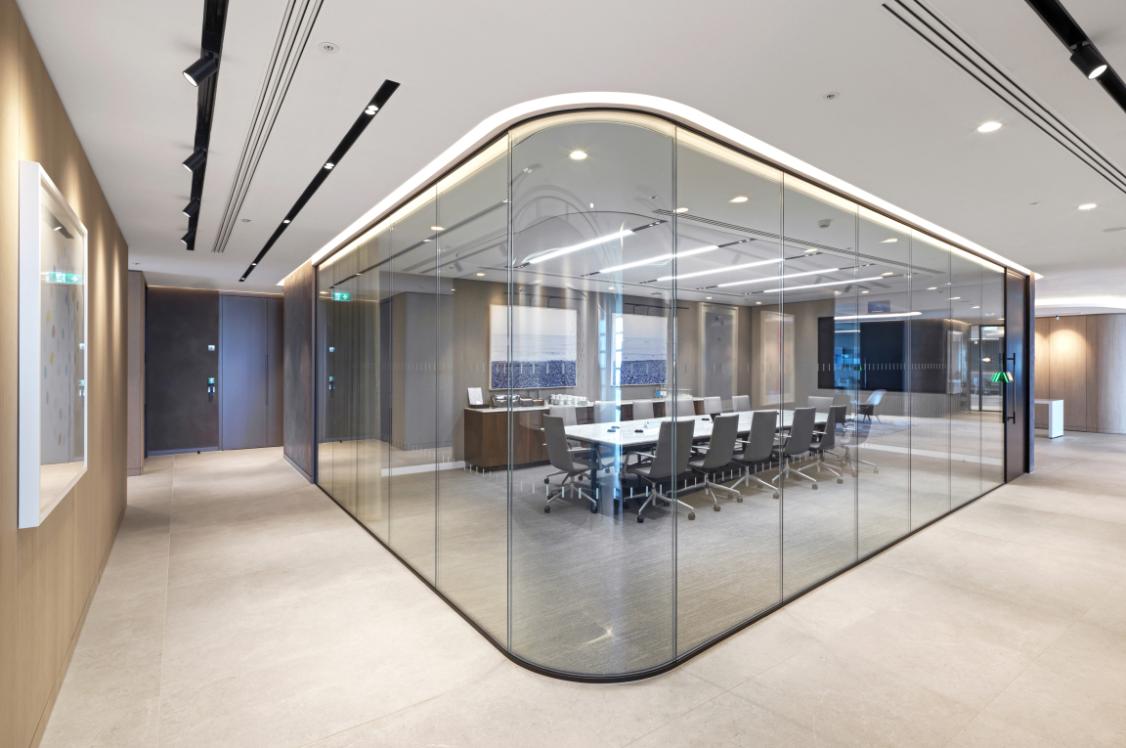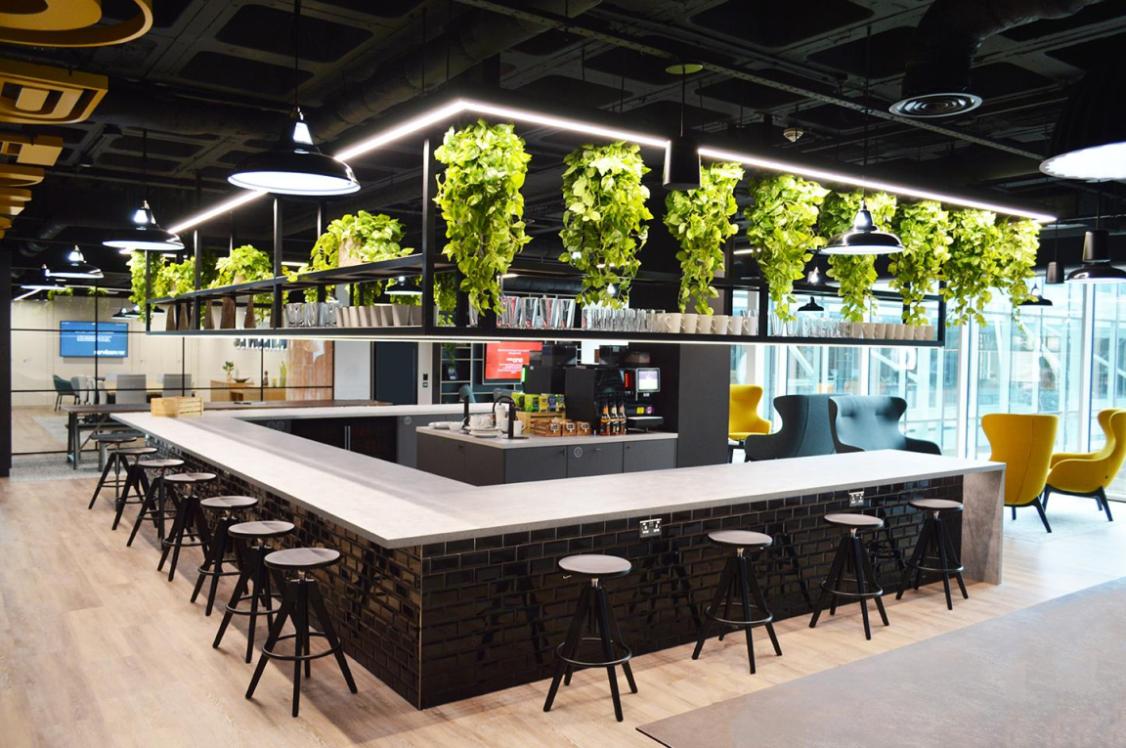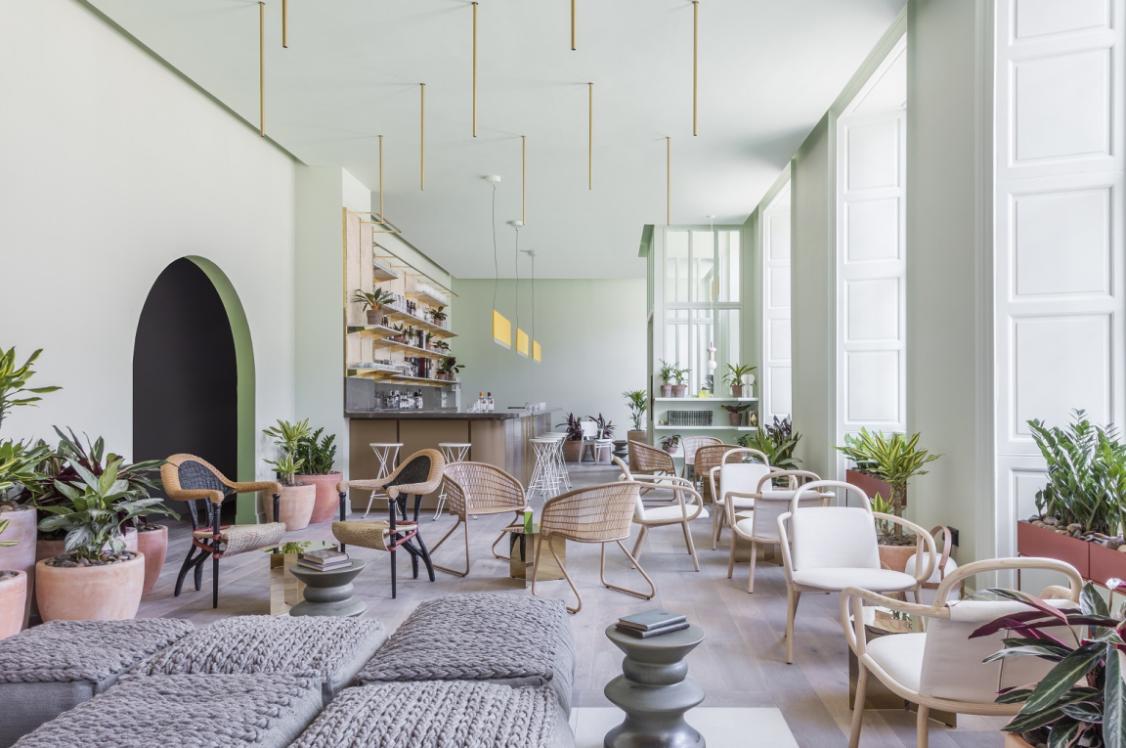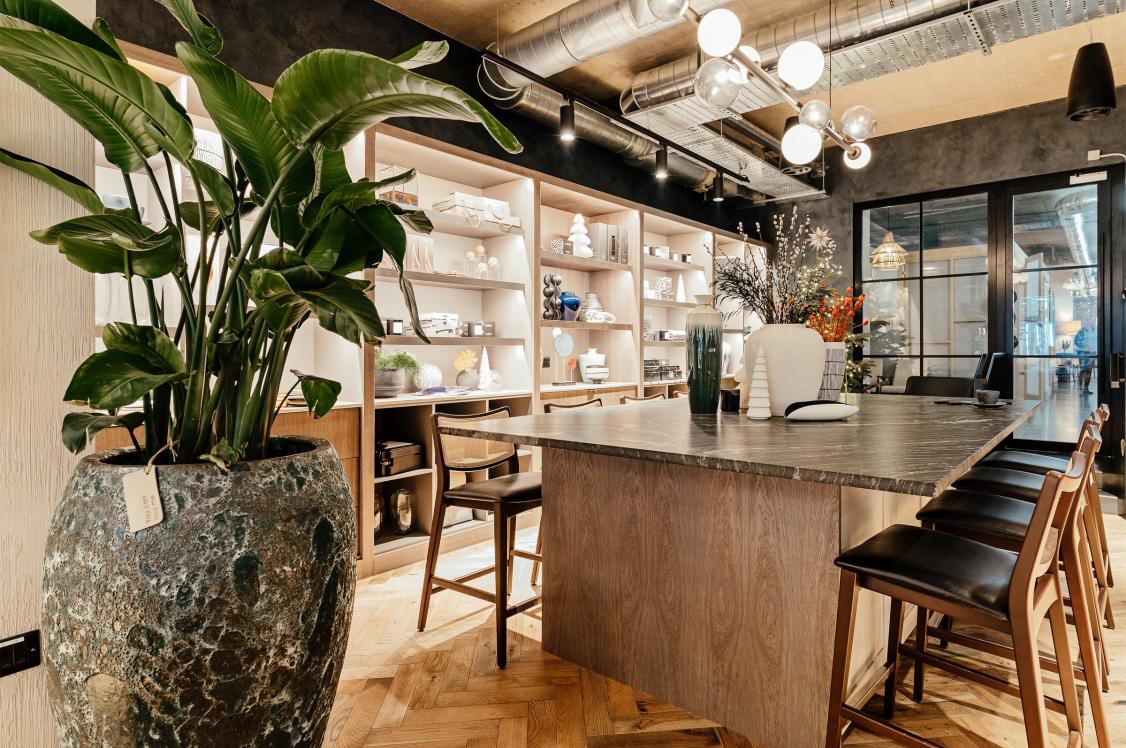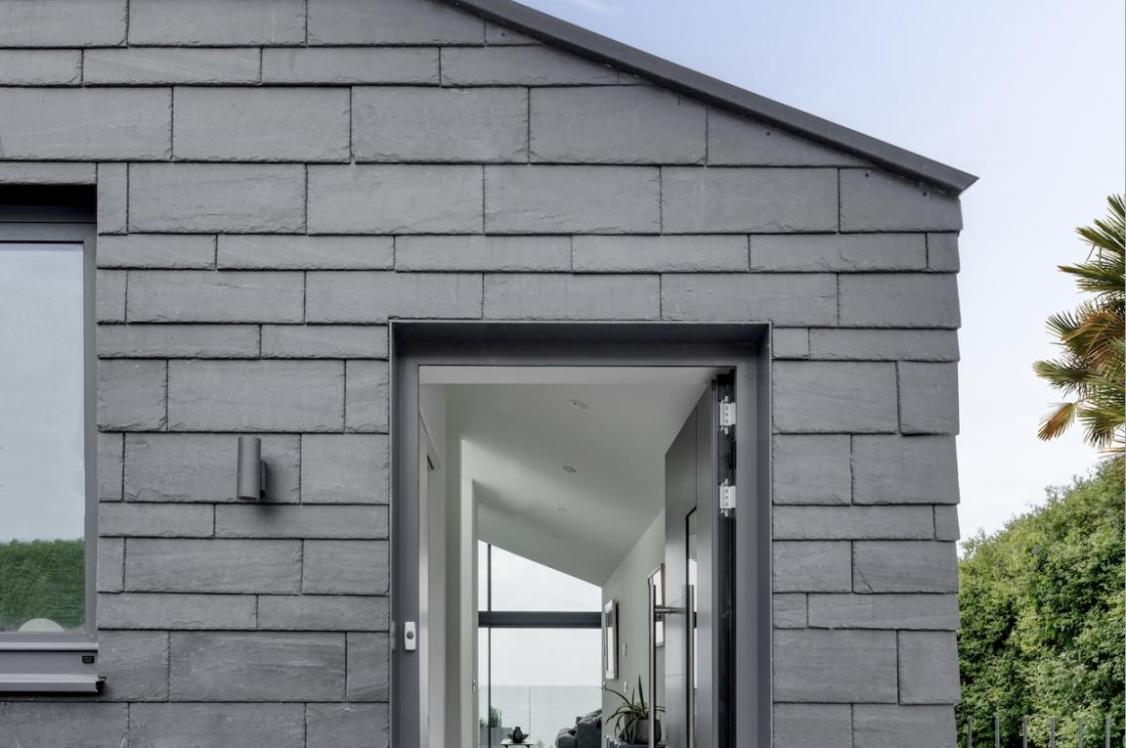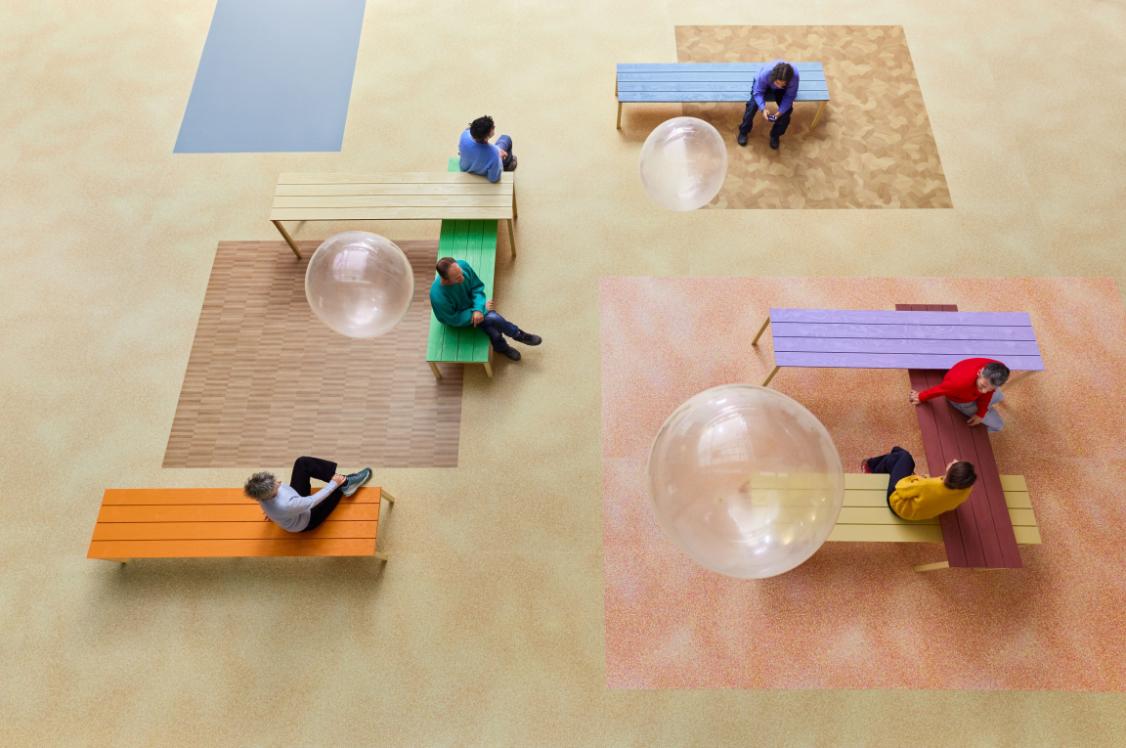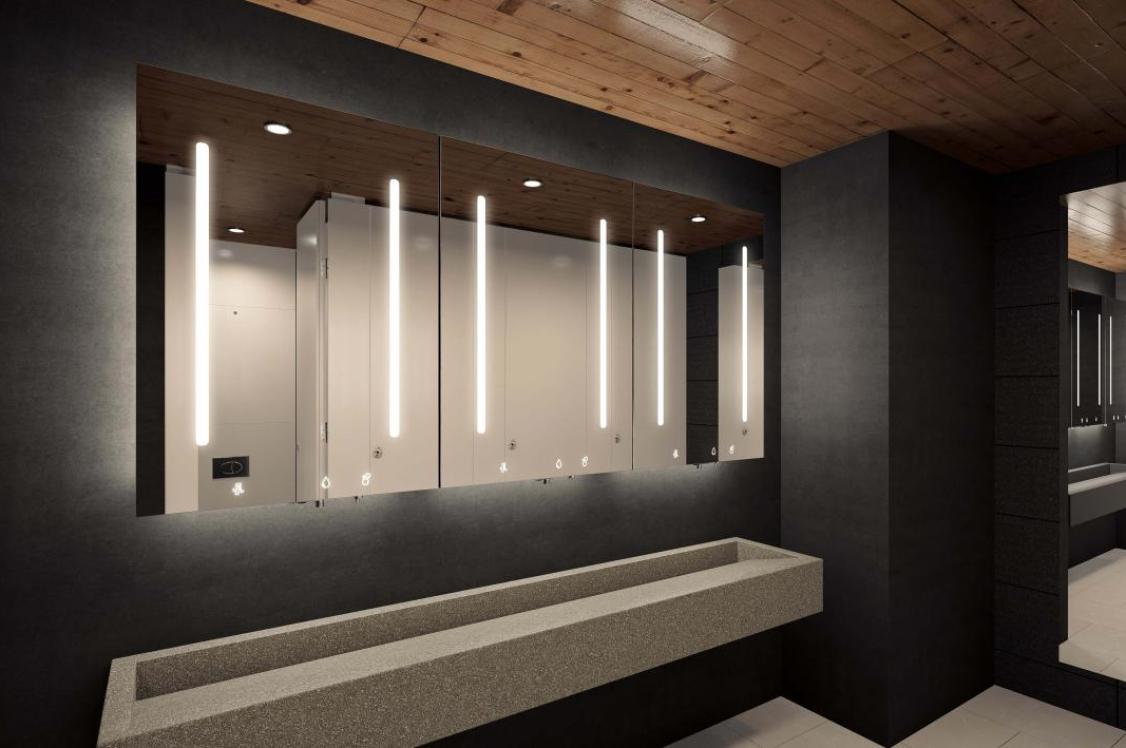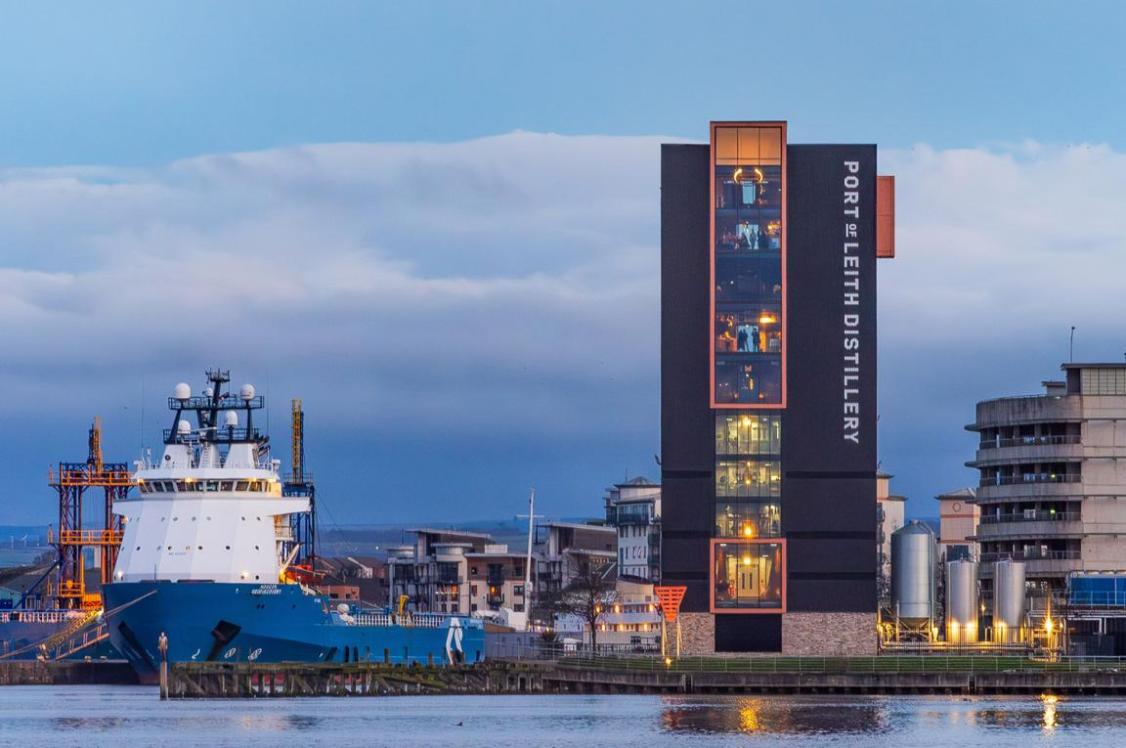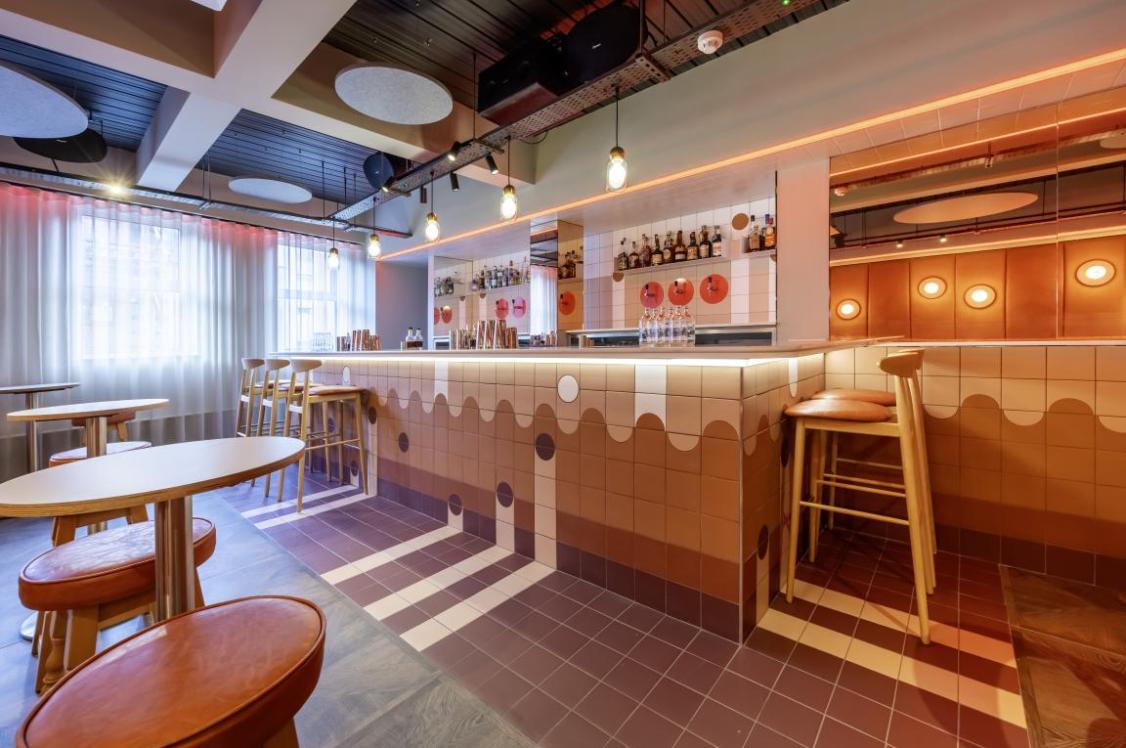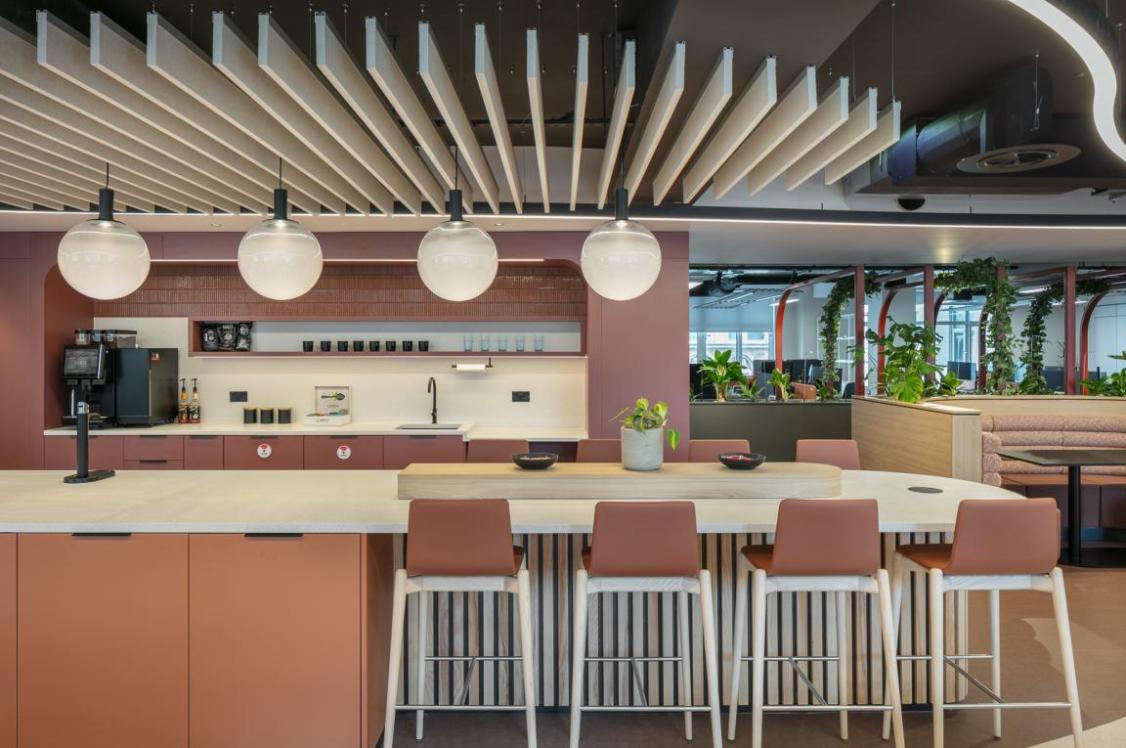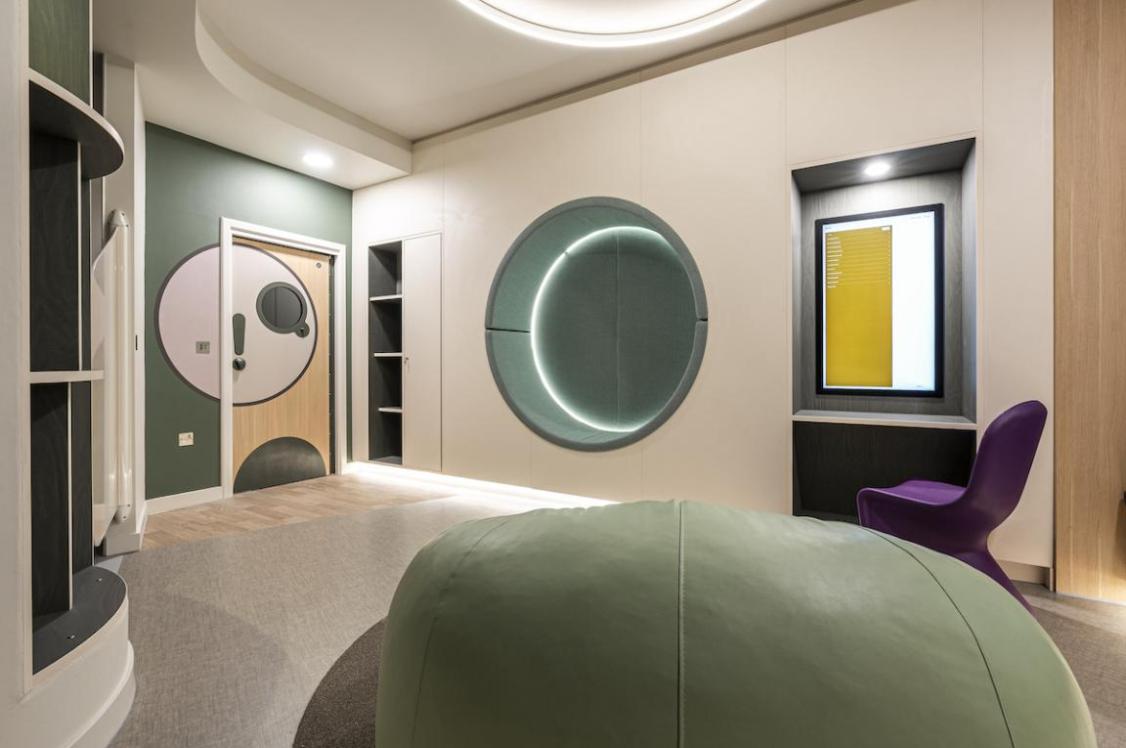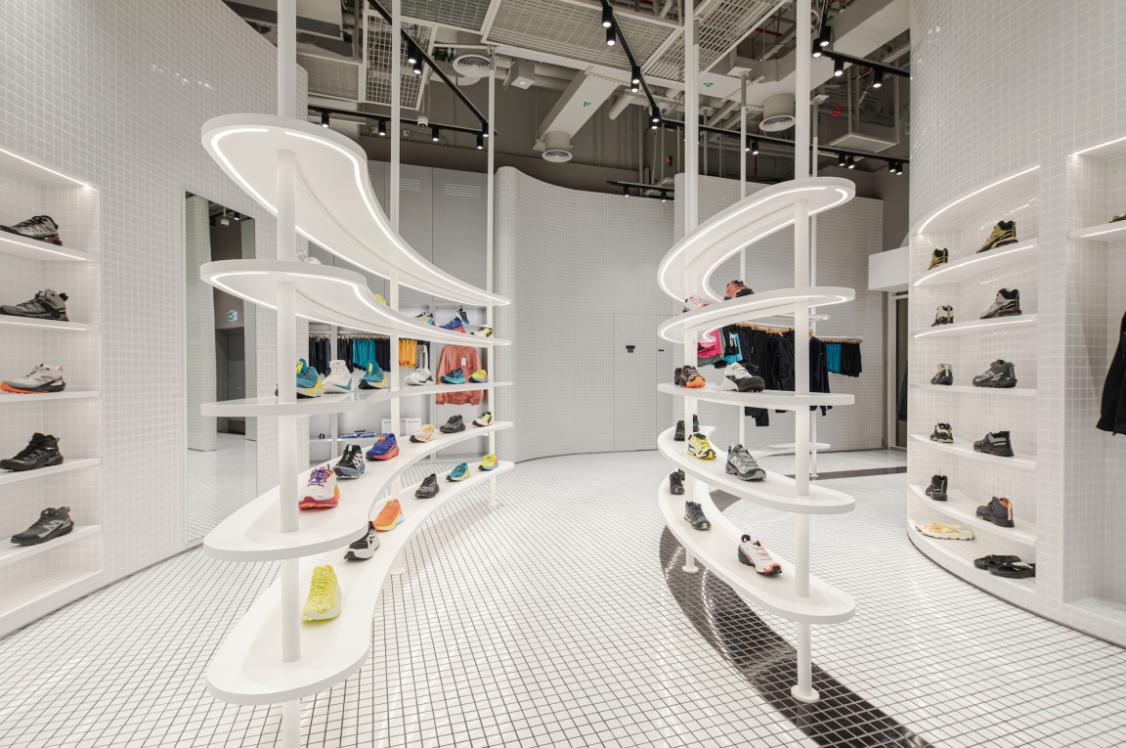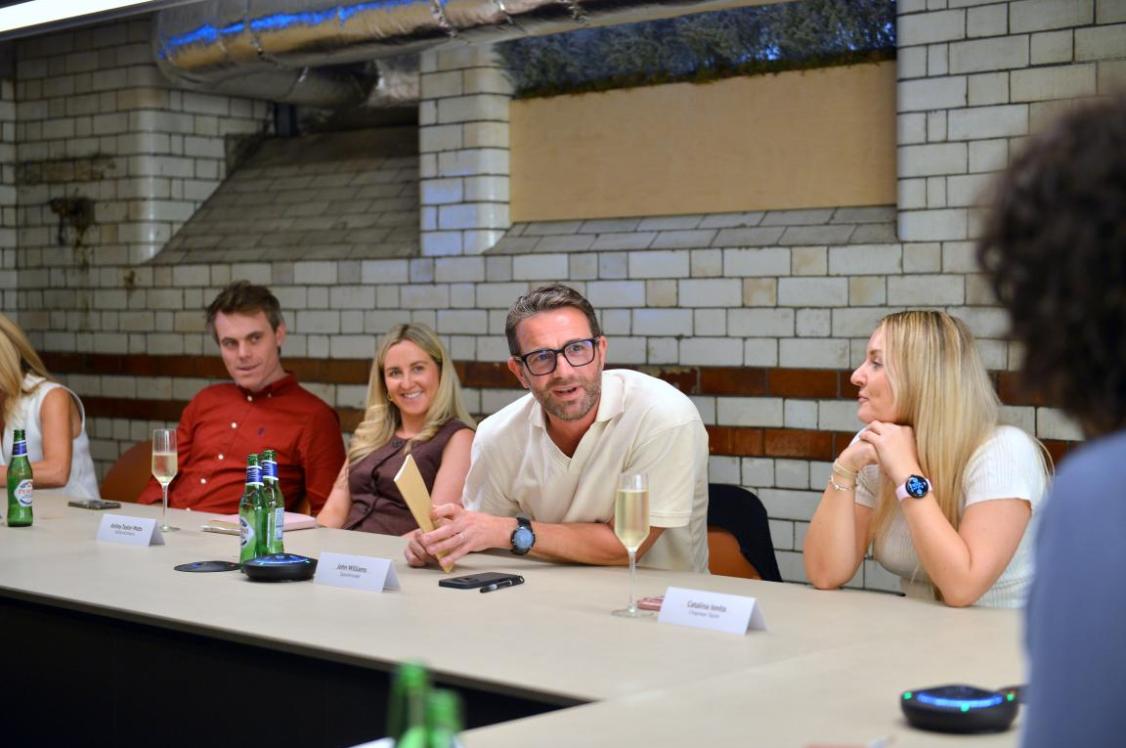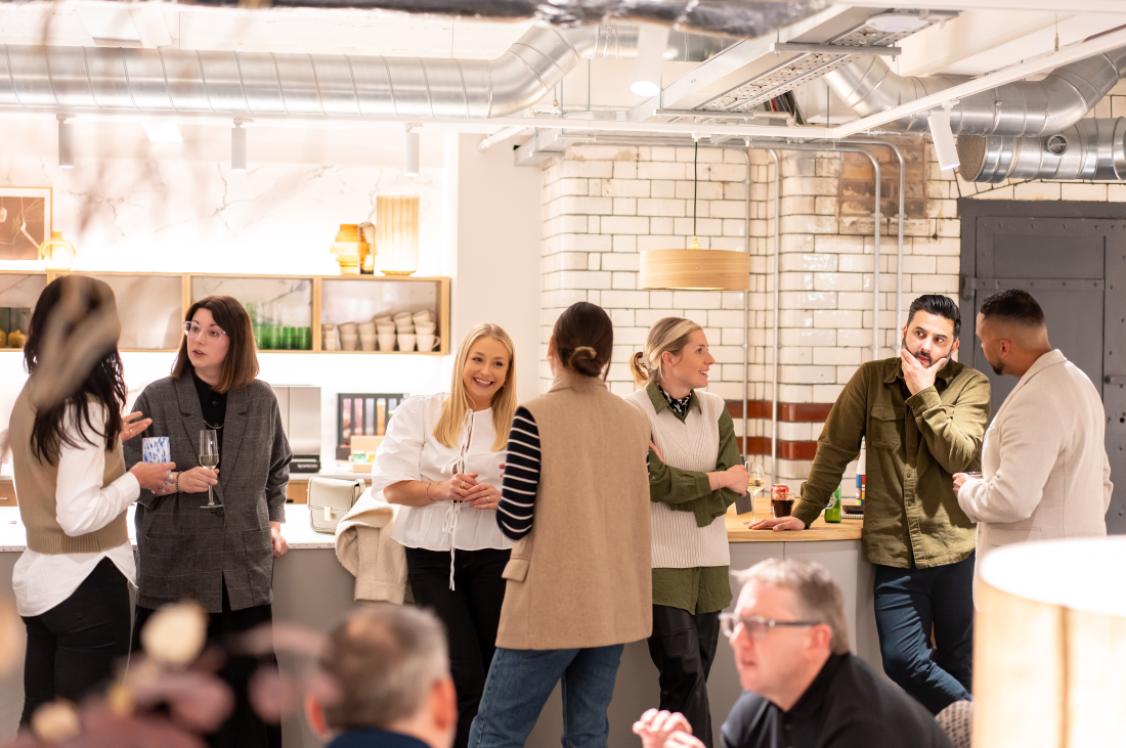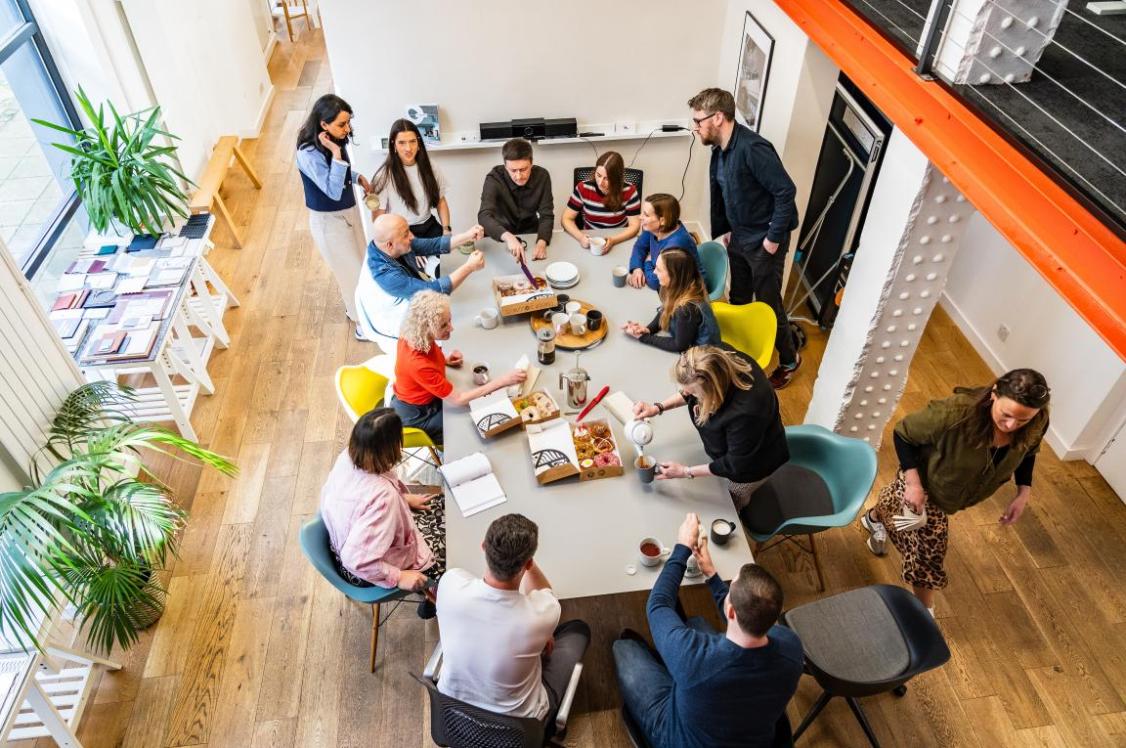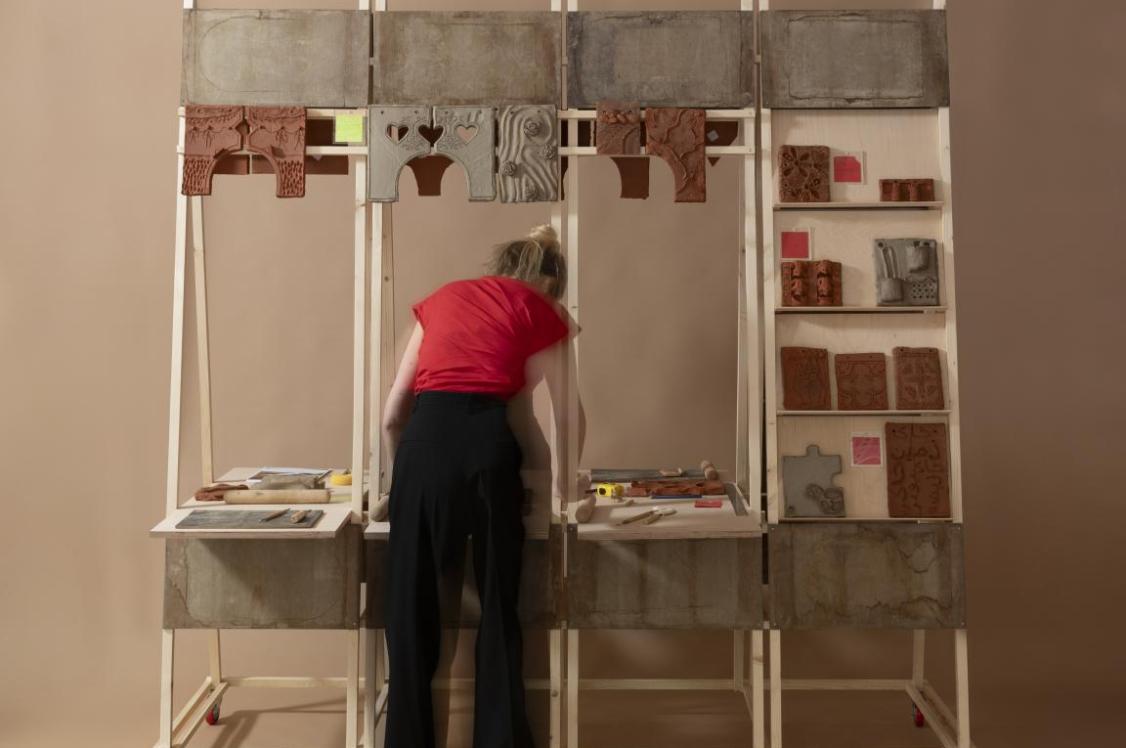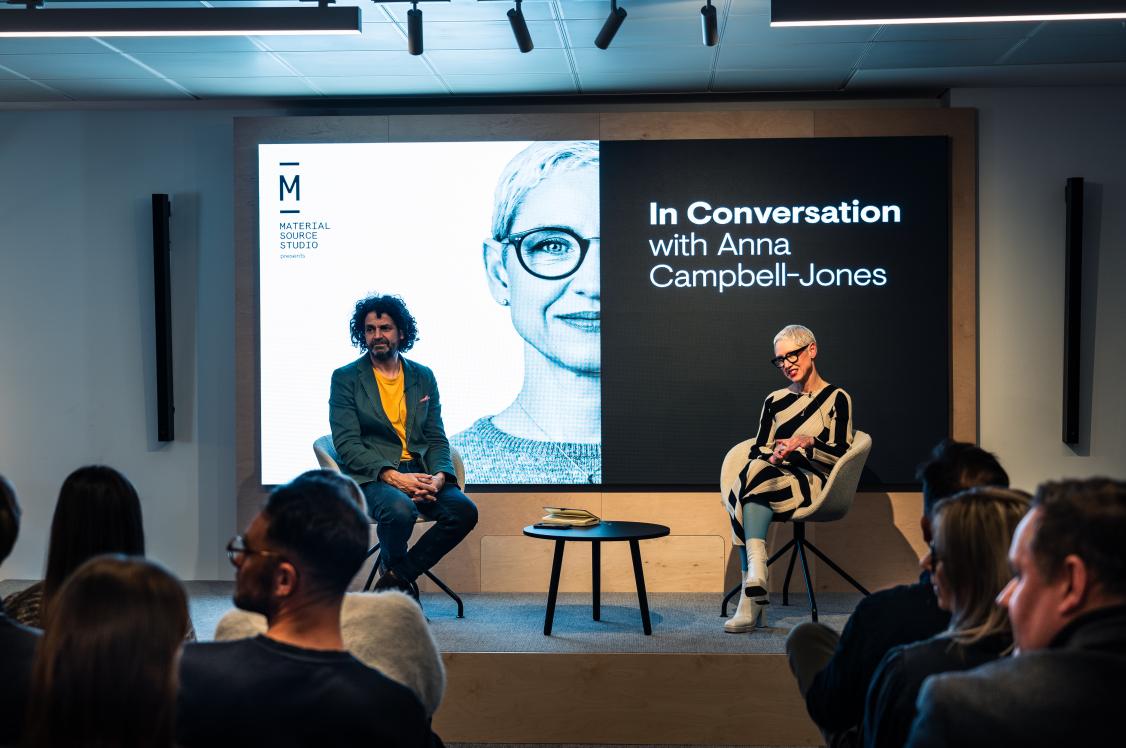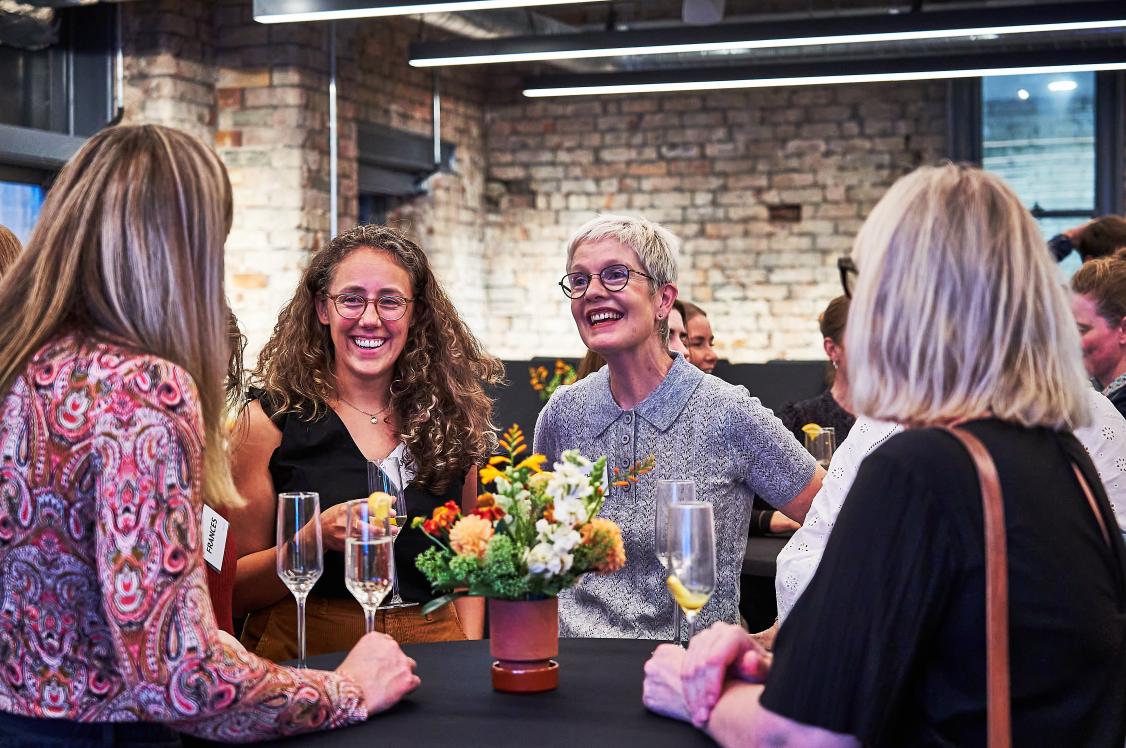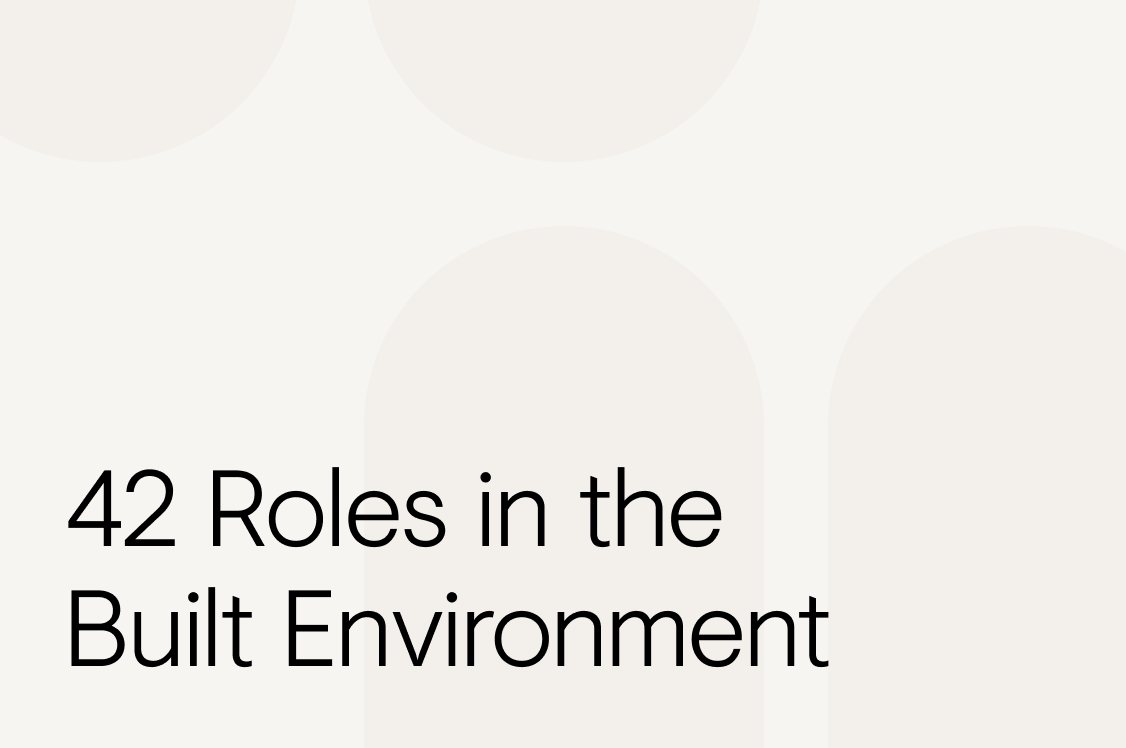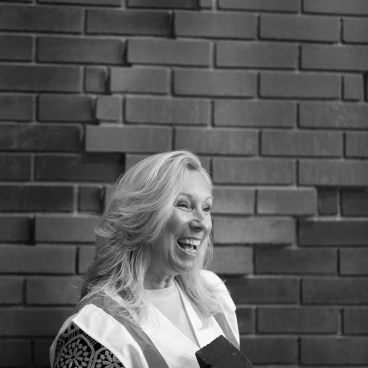Next Generation Conversations: Darren Agnew, director of fire safety north, Hydrock.
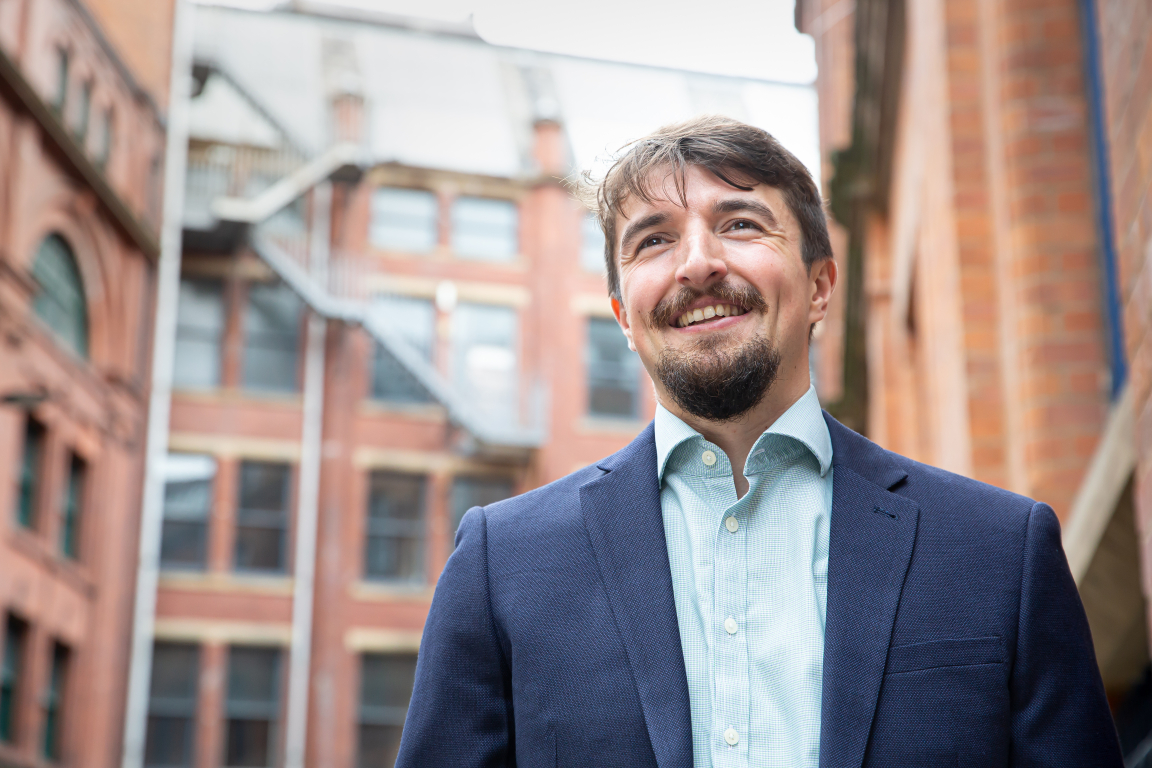
Darren Agnew at Hydrock talks data-driven fire safety solutions, understanding the nuances of fire regulations between sectors, and the value in - and importance of - collaborating with industry peers.
Hydrock is an integrated engineering design, energy and sustainability consultancy. Approaching fire safety from a holistic standpoint, Hydrock involves all stakeholders to ensure fire safety and fire compliance is best integrated into all projects; ranging from heritage architecture, right through to pioneering new builds.
Darren’s education and career in fire safety has spanned the cities of Manchester and Glasgow, two northern powerhouses, whose built environment communities are wide reaching. With this in mind, and as part of our editorial focus on fire safety and compliance this month, we were keen to learn more from Darren about his experiences, and how he believes graduates looking to break into the sector can best equip themselves for a rewarding profession in fire safety.
You're currently working as director of fire safety, north at Hydrock. Could you please tell us what your role entails?
“The broad role of a fire engineer is to ensure fire safety is acceptable, and achieve compliance with Building Regulations by supporting the architect, client and other engineering disciplines through the design, construction and occupation of a building.
“My role at Hydrock entails managing and delivering safe and pragmatic fire engineering solutions to clients, nurturing and coaching staff members, and trying to have fun along the way.”
Back in 2014, you started out as a graduate fire engineer at Hoare Lea. What inspired you to pursue a career in fire safety?
“My career in fire safety started back in 2009, because of the recession. Originally destined to study sport, I was informed that there were no jobs at the time and stumbled across a fire engineering course in Glasgow. I studied at Glasgow Caledonian University and travelled across to Norway on Erasmus where I worked in a fire testing lab. After returning from Erasmus, I interviewed for a six week summer placement at Hoare Lea, where I first discovered Manchester.”
What is important to Hydrock in the department of fire safety when looking at work experience and qualifications of potential, recently graduated team members?
“Since starting at Hydrock, we have hired graduates and engineers from the oil and gas industry, ex-building control officers, with degrees in Mathematics, backgrounds in testing, and still have part-time staff studying structures and architecture at University. They normally start off with us as part of a summer placement.
“I would say above any qualifications and work experience, we look for; passion, good communication and proactivity. A good grounding in physics, chemistry, maths, construction, or engineering always helps. The fire engineering industry is faced with the biggest legislative change in a lifetime with the introduction of the Building Safety Act. Given that there is a lack of fire engineers in the industry it is important to enable graduates or candidates from diverse backgrounds to join the world of fire engineering.
“At Hydrock we have heavily invested in the ‘grow your own’ fire engineers approach. We have an apprenticeship scheme which has been developed with Birmingham City University; a technical development program led by Dr Simon Santamaria and supported by Professor Jose Torrero, head of department at University College London. This includes residential CPDs for graduates to principle engineers, - a big support for graduates and engineers through a part-time masters at University of Central Lancashire.”
How should fire safety be built into a property's life cycle?
“The simple answer is from inception, and working collaboratively with all disciplines and stakeholders. That’s why the implementation of the Building Safety Act has been so refreshing from a collaborative working perspective. Through the Building Safety Act, all High Risk Buildings (HRBs) require a fire statement at planning. This means that fire engineering consultation can be undertaken at the early stages of a design, allowing fire safety goals and objectives to be shared with the client as early as possible, ensuring a focus on safe designs in combination with the client’s goals.
“A great example of this would be working with a social housing provider as the client. Generally, low maintenance regimes are favoured as the building will be under their management throughout its lifespan. This way we can tailor our fire engineering approach to prioritise safe systems that require less upkeep. This may increase the design cost, but will decrease the maintenance cost over the life cycle of the building.
“My main focus in the coming years will be to help clients integrate data-driven fire safety design solutions into the life cycle of the building. This should become easier based on the requirement for a digital golden thread, and the emergence of Internet of Things (IoT) technologies into the built environment. This is really exciting for the built environment as a whole, not just fire."
Better data equals better holistic design.
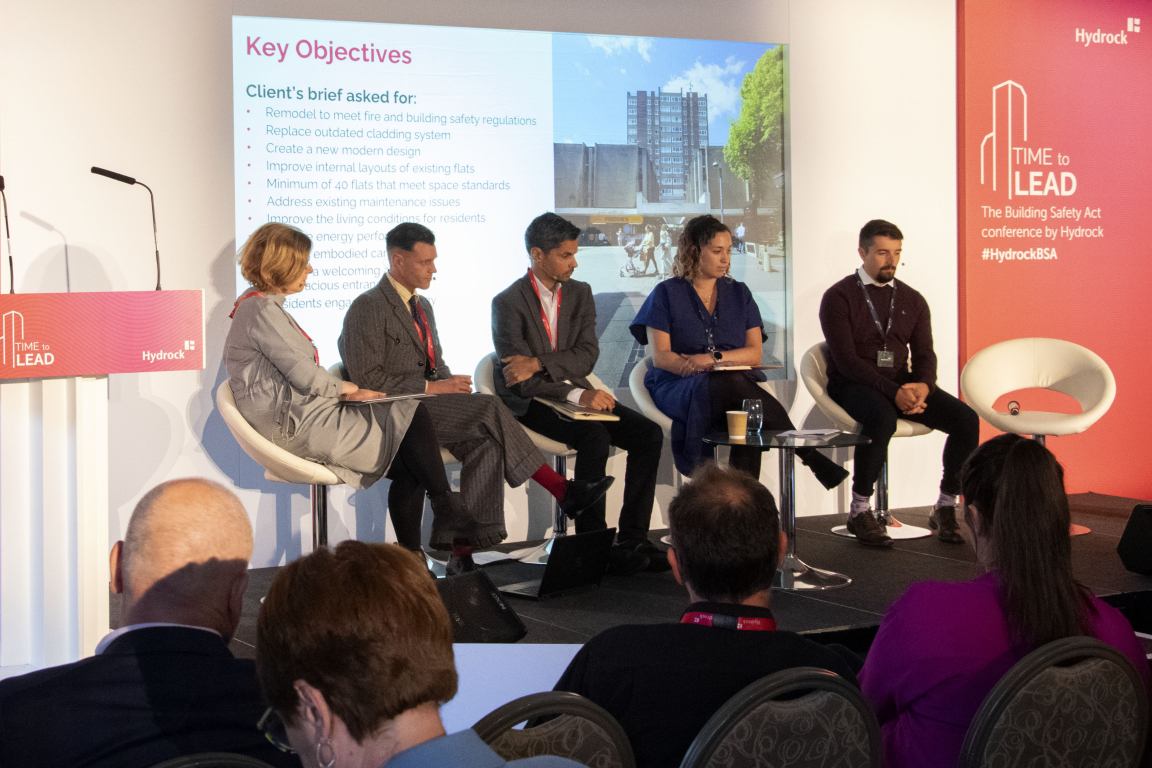
Could you please tell us how soon-to-be fire engineers best prepare to create holistic fire safety strategies for their clients?
“I would say there are three key things to consider which follow on from my answer above. These include; fire safety objectives, our impact on other design disciplines, as well as client and stakeholder objectives.
“Fire Safety objectives are intrinsically linked to B1-B5 of the Building Regulations, and in my opinion this is where all engineers should start before considering any guidance.
“Look at the buildings' height, usage, and current architectural design with safety and potential worst-case scenarios in mind, with the simple question being is the building design safe, and if not how can we look at achieving safety. After that we get into the guidance and specifics - but without initially stepping back and evaluating the building from a high-level - it is always difficult to implement holistic design. This is something we encourage throughout the process of developing a strategy; to step back and look at things from a wider perspective.
“Our impact on other design disciplines are key and this is one of the reasons I have always worked at multidisciplinary engineering consultancies.
If you are not working with acoustic, structural and mechanical engineers on a daily basis you cannot fully understand the impact our proposals have on the wider design of a building.
"We need to work with our peers, and that’s just much easier to do if they are sat across the office from you.
“A good example of this cross-working was Hydrock’s transport team identifying planning requirements for 100% EV charging in a basement car park, this creates a lot of fire risks and is an emerging trend in the built environment. Based on modelling undertaken by the transport team they were able to identify that not 100% of the parking spaces were required to be EV to implement a well thought out design, and this in turn allowed us as fire engineers to suggest positions for EV charging that better suited safe design and fire service safety when attending a potential fire.
“Client and stakeholder objectives are key to implementing a holistic design. Customer service is often forgot about in the built environment, but good customer service comes from open communication and understanding the requirements of clients and key stakeholders.
There is no point coming up with an all singing all dancing performance based design if it’s not affordable or practical.
“The three key considerations above are all extensive parts of our technical development program.”
How does fire safety differ across sectors, such as residential, commercial and education?
“Fire safety differs considerably in terms of sectors based on the inherent risks presented by each. Residential has the added complication of occupants being asleep, meaning their reaction time to an alarm is greater, therefore necessitating additional reliance on active and passive fire protection systems. Each sector has its challenges and nuances, and understanding these and the potential mitigation measures is key.
Understanding a sector and its occupants are key to the first steps of the fire engineering process.
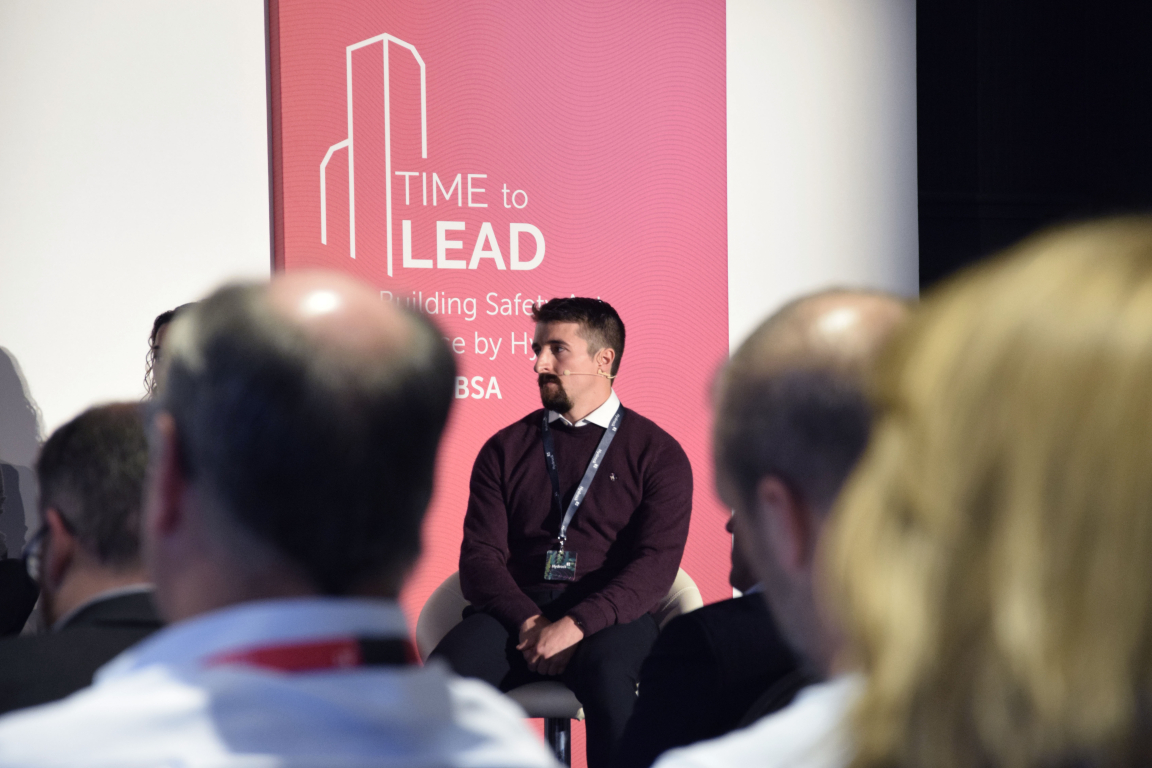
How does a strong understanding of the RIBA stages come into your role?
“It is important to understand the RIBA stage framework so we can best support the wider design team in its holistic decision making, allowing the architect to create a welcoming and enjoyable space, and allowing the other engineering disciplines to implement good design. Early on it is important to provide safe options that allow the client and stakeholders to move in a direction which is safe and suits their overall objectives, in the later stages it is important to be concise and support clients during the construction stages as decisions and support are often needed quickly.
Could you please give us some examples of how communities can be protected and future-proofed more effectively post-Grenfell?
“The answer to this is an unfortunate one in my opinion, especially in the light of the Building Safety Act, which itself goes a long way to future-proofing our communities and expanding the focus on safety to all stakeholders, but the solution starts at government level, we often provide funding for specific upgrades to a building, rather than approaching it from a holistic design perspective.
“This sparked a lot of debate at Hydrock’s ‘Time to Lead’ conference which featured industry leaders and Dame Judith Hackitt as keynote speaker. For example one of the things we discussed was the approach to remediation of combustible cladding. Government response was ‘cladding is combustible, let’s provide funding to remove the combustibles’. This then happens in isolation which is great because it solves one problem. However, how many more does it create? Can the wall still provide the building with a way to breathe or will the building need remediating for dampness in a few years’ time?
“This is not specific to fire, we need to move away from a piece meal approach to upgrading building assets to future proof our communities from energy poverty, fire safety, etc. As a nation we cannot do this without a holistic view on building design. In saying the above I do acknowledge that the Building Safety Act should go a long way to helping this holistic approach as good documentary evidence of design and construction should be available in the future.”
What inspires you most about the generation of fire engineers entering the workplace?
“The willingness to learn and passion to help safeguard future generations really inspires me. I wouldn’t find my job anywhere near as enjoyable if I didn’t work with so many passionate colleagues.”




